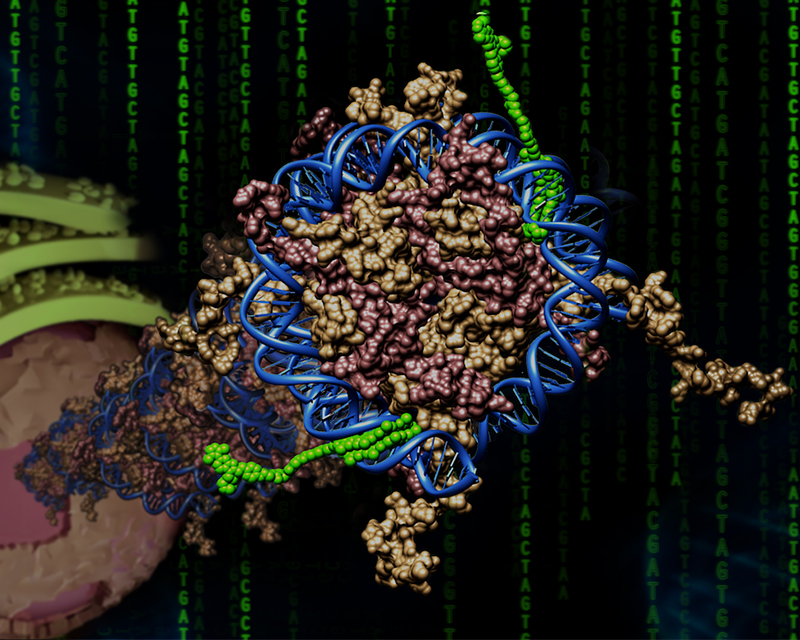Scientists developed a biomimetic epigenetic code that can activate genes on demand to treat disease.
A team of researchers in Japan developed a synthetic molecular code to script gene activation. The process, described in the Journal of the American Chemical Society, could help lead to future gene-based therapies for a wide array of diseases.
In particular, the code could help combat epigenetic mutations, which change how genes express themselves and can play a critical role in neurodegenerative disorders like Parkinson’s disease, Alzheimer’s disease, and multiple sclerosis.
Ganesh Pandian Namasivayam and Hiroshi Sugiyama of Kyoto University’s Institute for Integrated Cell-Material Sciences and their colleagues fabricated a molecular code that mimics a key process that turns on genes in the body. The code targets h istones , the proteins that are responsible for packaging DNA so that it fits inside a cell’ s nucleus.
If you uncoiled the DNA in a single cell, it would be about two metres long. To fit inside cells, DNA is tightly wrapped around histones. When histones undergo a chemical process called acetylation, an acetyl group is added to part of their structure. This loosens DNA’s attachment to the proteins, which leads to gene activation.
Scientists have been researching ways to influence histone acetylation in order to manipulate gene activation, but current methods have their shortfalls. For example, some synthetic molecules are easily degraded by enzymes in the body. Others are inconsistent in their ability to activate genes.
Junichi Taniguchi, the first author of the study, developed a molecular program that recruits a histone-acetylating enzyme to a specific part of a DNA strand. The program, called Bi-PIP, is formed of two components: a bromodomain inhibitor, which recruits a specific type of histone acetyltransferase enzyme; and a synthetic hairpin-shaped molecule that recognizes a specific DNA sequence.
The code was successful in emulating the natural histone acetylation process and led to the activation of a specific gene associated with central nervous system inside living cells. However, the researchers note that further work is needed to improve Bi-PIP’s gene selectivity. This work adds to a library of small molecule genetic regulators that could form the basis for epigenomics and future gene therapies to treat multi-factorial neurodegenerative disorders.

A synthetic molecular code called 'Bi-PIP' has been designed that includes an inhibitor of an epigenetic reader bromodomain and selective DNA-binding pyrrole-imidazole polyamides. The Bi-PIP scripted a biomimetic epigenetic code emulating the natural histone acetylation process over a target nucleosome and switched ‘ON’ precise genes inside living cells.
Images by: SaiPadma Priya
Paper information
【DOI】 https://doi.org/10.1021/jacs.8b01518
Junichi Taniguchi, Yihong Feng, Ganesh N. Pandian, Fumitaka Hashiya, Takuya Hidaka, Kaori Hashiya, Soyoung Park, Toshikazu Bando, Shinji Ito, Hiroshi Sugiyama (2018). Biomimetic Artificial Epigenetic Code for Targeted Acetylation of Histones. Journal of the American Chemical Society.





